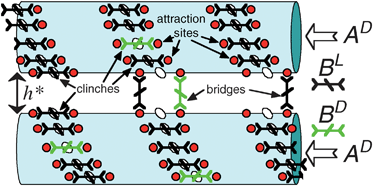Theory of chiral recognition in DNA condensation
Abstract
Collapse of long chiral A-macromolecules assisted by a chiral B-additive (where B associates with A) is considered theoretically. Based on a simple model we demonstrate that the compaction activity of B molecules can strongly depend on the sense of their chirality. The theory is applied to the DNA compaction in the presence of conformationally rigid divalent enantiomeric


 Please wait while we load your content...
Please wait while we load your content...